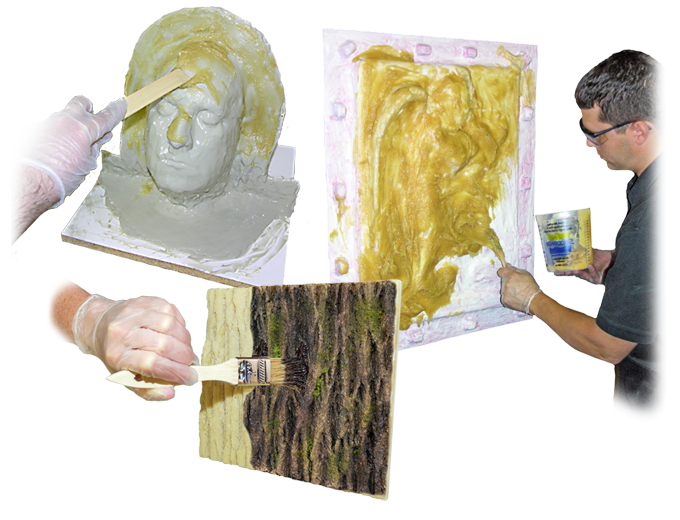

Plasti-Paste™
Trowelable Plastic Paste

Designed for vertical surface application. Plasti‑Paste™ is fiber filled and can be used as a "mother mold" material to reinforce rubber molds. This plastic is also a powerful adhesive and can be used as a repair material for a variety of industrial applications. Cured plastic can be sanded, machined and pigmented. Plasti‑Paste™ II can be painted with acrylic enamel paints.
HIGHLIGHTS
Lightweight Support Shells
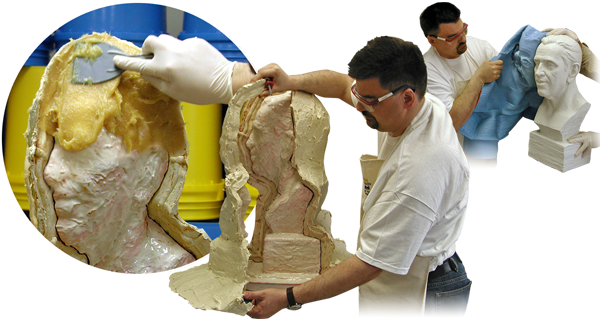
Lightweight Support Shells
Plasti-Paste® holds a vertical surface without sagging and cures to a strong, durable and lightweight plastic. Suitable as a mother mold / support shell (reinforces shape of rubber mold during casting).
 No Scale Necessary
No Scale Necessary
 Lightweight
Lightweight
Plasti-Paste™ II
Paintable Trowelable Plastic
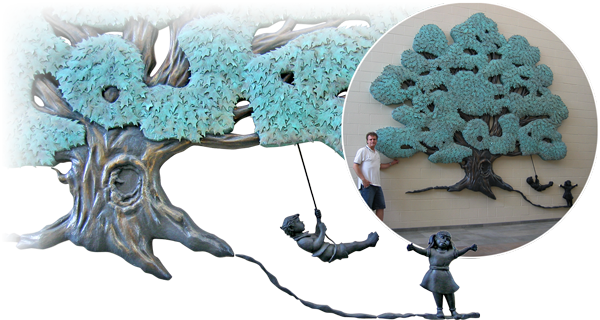
Plasti-Paste™ II
Paintable Trowelable Plastic
Improved version of our original Plasti-Paste™ formula that can be painted (original Plasti Paste® can not) and is harder, more rigid with better heat resistance. This plastic can also be used for creating themed environments or special effects.
Technical and Buying Information
| Select a Product Below | Mix Ratio By Volume | Ultimate Tensile |
|---|---|---|
| › Plasti-Paste™ | 1A:3B | 1,600 psi |
| › Plasti-Paste™ II | 1A:2B | 2,150 psi |
VIDEOS and GALLERIES
Step-by-Step How-To Articles
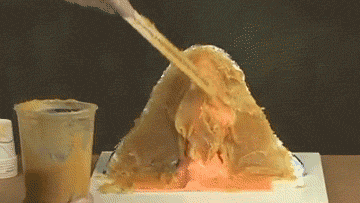
How To Make a Support Shell for a Brush-On Mold Using Plasti-Paste™
How to make a support shell for a brush on silicone mold using Plasti-Paste trowelable plastic.
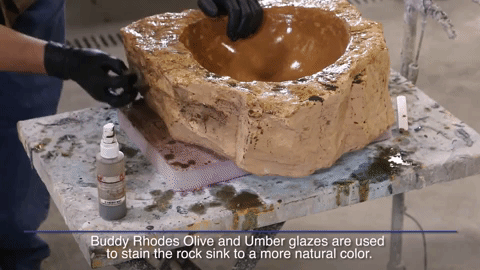
How to Make a Mold of a Rock for a Concrete Sink
Learn how to make a mold of a small boulder using Rebound 25 brush on silicone rubber.
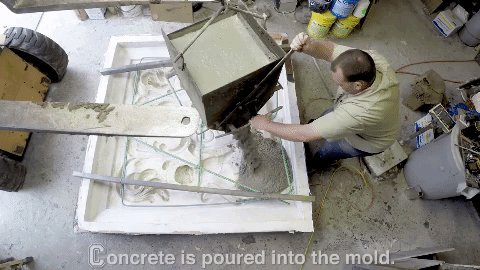
How To Restore an Historic Concrete Seal at Princeton University
Watch how John Paolini, from Paolini Cast Stone, restored an historic concrete seal
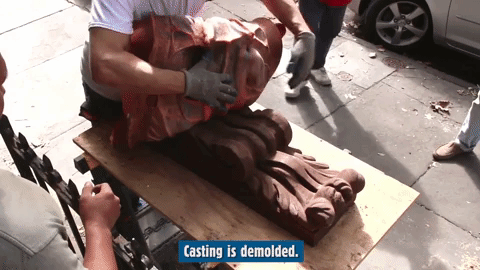
How To Make an Architectural Corbel Restoration Using Rebound 25
Watch how to make a mold of a corbel for an architectural restoration project in Brooklyn NY.
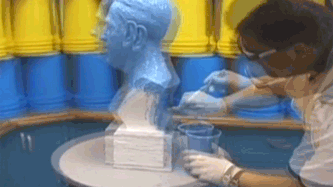
How To Reproduce a 3D Sculpture Using Brush-On™ 40 Mold Rubber
Making a brush-on mold of a 3-dimensional sculpture is an effective and inexpensive method that can be used to...
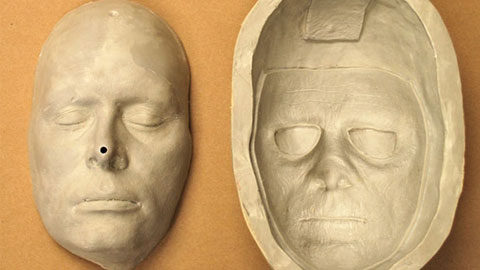
How To Create a Urethane Resin Makeup Prosthetic Mold
This sequence outlines the construction of a mold to cast silicone f/x makeup appliances.
What Have Other People Done With These Products?

Restoring an Historic Concrete Seal at Princeton University
Watch How John Paolini, from Paolini Cast Stone, Restored an Historic Concrete Seal
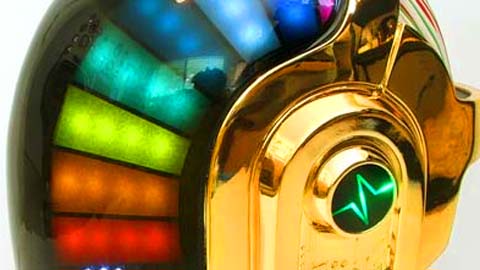
Daft Punk Helmet by Volpin Props
This helmet was the fruit of 17 months of work.
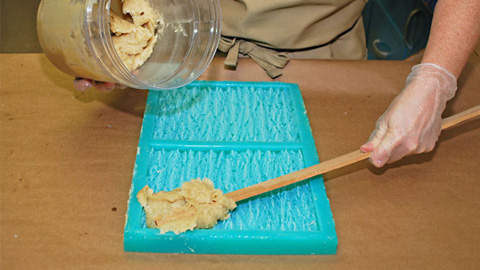
Making Tree Bark Texture Panels Using Plasti-Paste® II
Over the years, people have attempted to use Plasti-Paste® as an art or fabrication material assuming that the cured plastic can be painted, only to be disappointed to find that it can not.
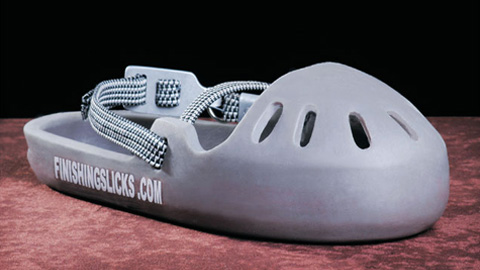
From Prototype to Reality: Concrete Finishing Slicks Success Story
After pouring thousands of tons of concrete to make a floor or platform, concrete finishers are called on to finish the concrete surface by smoothing out all surfaces.